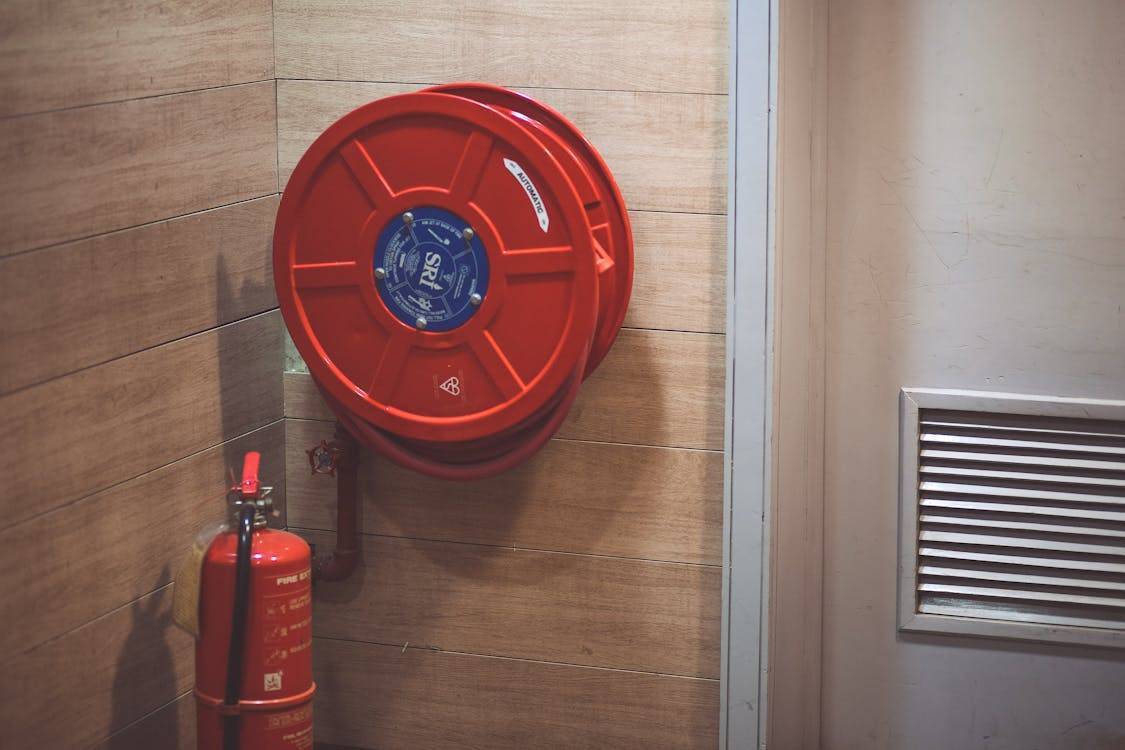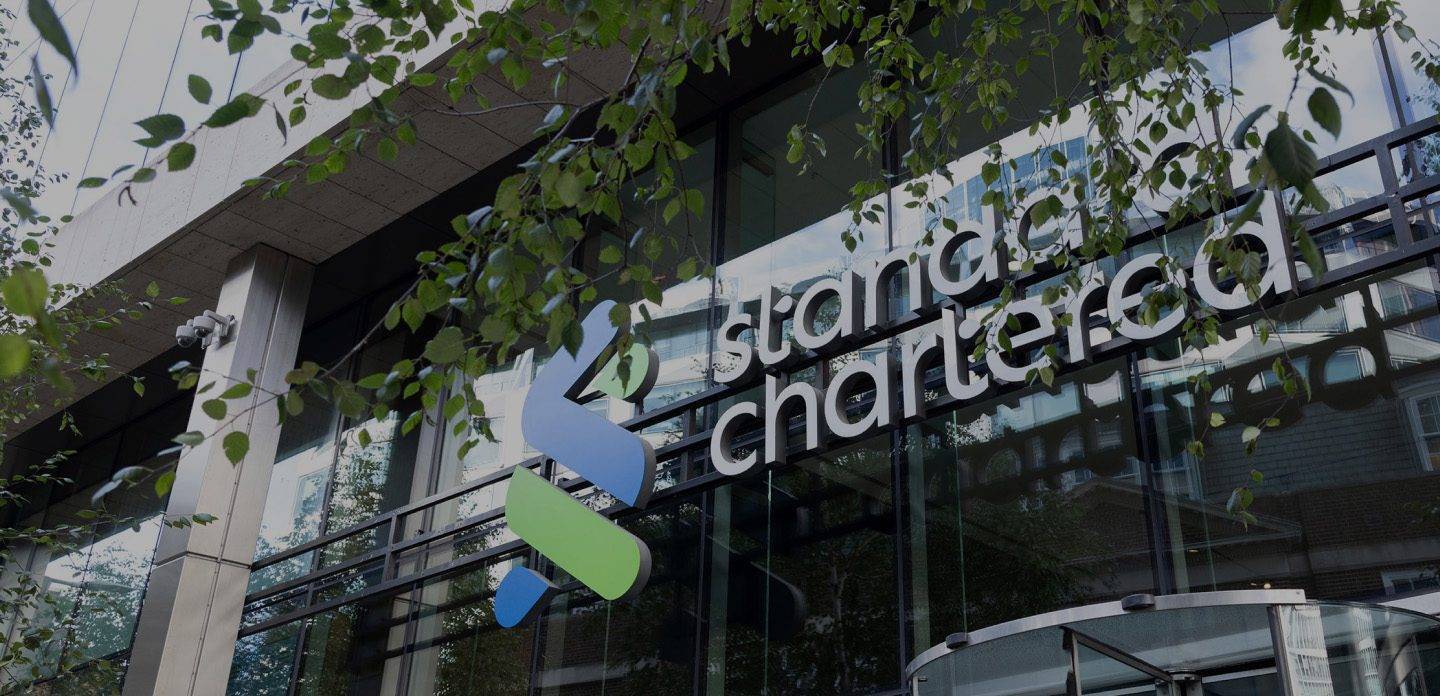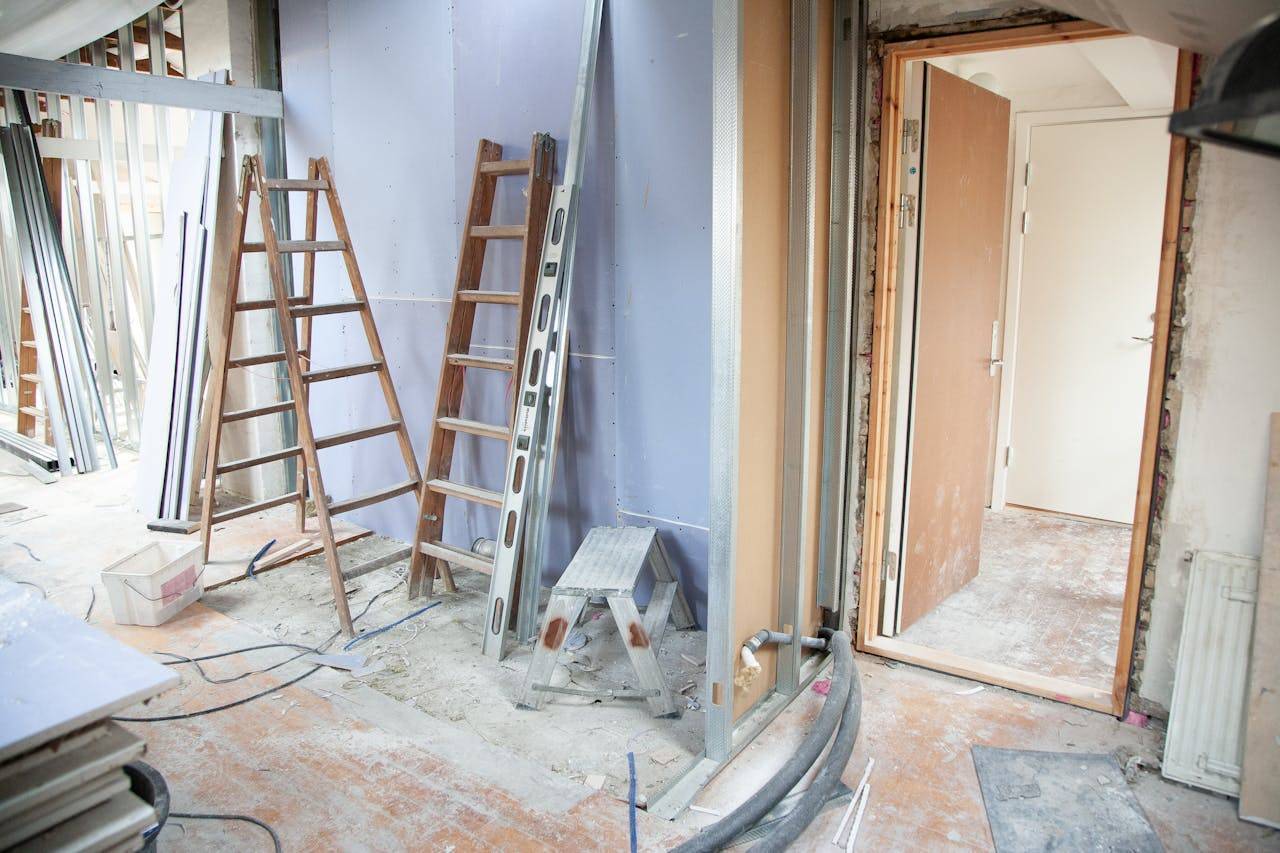The Telangana Fire Department has recently announced a significant step towards enhancing fire safety across the state by deciding to engage 50 third-party agencies to conduct comprehensive fire safety audits. This move comes amid a worrying increase in fire-related accidents, prompting authorities to take stringent measures to prevent future tragedies. These agencies will be responsible for inspecting both residential and commercial buildings, ensuring that fire safety standards are rigorously followed.
The selected agencies, chosen after a meticulous selection process, will evaluate buildings on various safety parameters. These include the availability and condition of firefighting equipment such as extinguishers, smoke and fire detectors, sprinklers, alarm systems, and electrical control panels. Additionally, they will check the readiness and functionality of water tankers and life-saving infrastructure like emergency exits, staircases, and lifts, all essential for safe evacuation during emergencies, including fire outbreaks.
Telangana has approximately five lakh buildings that need to comply with fire safety regulations. However, past efforts to inspect these buildings have been limited. The last survey conducted in 2023 managed to cover only around 3,000 high-rise buildings statewide. Within Hyderabad’s limits, the Greater Hyderabad Municipal Corporation (GHMC) audited roughly 5,000 buildings, despite there being close to 1.5 lakh buildings in the city alone. These figures highlight the scale of the challenge and the need to expand the audit capacity.
Until now, the fire department had engaged only five third-party agencies to conduct audits, which was insufficient given the vast number of buildings. To address this gap, the department plans to bring in many more agencies from across Telangana. The new teams will include fire safety experts as well as retired fire department officials, ensuring that inspections are carried out with both technical expertise and practical experience. These audits will be conducted once every two years, following the guidelines of the National Building Code.
A proposal for this enhanced audit framework has already been submitted to the state government for approval. The revised guidelines will introduce a classification system to assign buildings into categories A, B, and C, representing high-rise, medium-sized, and smaller structures respectively. This classification will help allocate the right agencies to the appropriate types of buildings, streamlining the audit process and ensuring a more thorough examination of fire safety measures.
Experts have praised this comprehensive approach, emphasizing the importance of fire safety audits in identifying potential risks and evaluating the effectiveness of existing safety protocols and equipment. On completion of the audit, agencies will produce detailed reports for the fire department, highlighting critical findings and suggesting improvements to protect the premises better. Such suggestions often cover upgrading firefighting equipment, improving emergency exits, and enhancing alarm and sprinkler systems.
However, experts also caution that increasing manpower alone is not enough. The fire department must ensure that building owners and occupants implement the audit recommendations seriously. Without proper follow-up and enforcement, the benefits of audits may not translate into real safety improvements. This follow-through is vital for preventing fire tragedies and safeguarding lives and property.









.png)